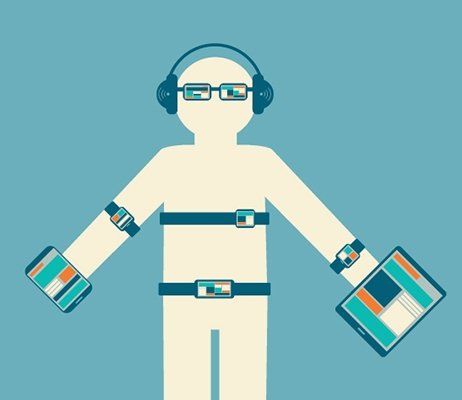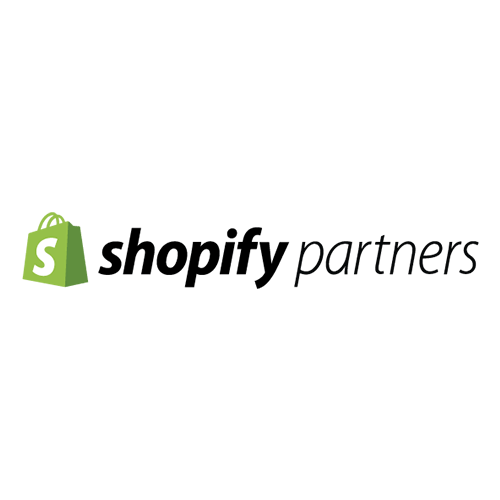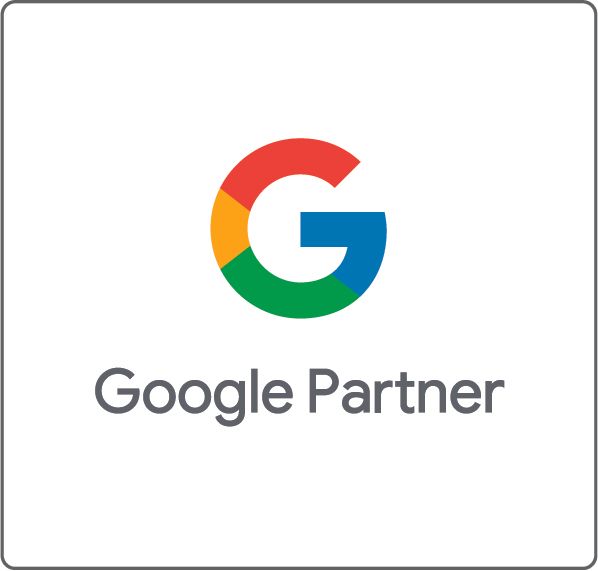The Future of Wearables
The wearable market continues to see new entrants as companies see the potential in the industry.
Wearables offer a prime opportunity for growth in many industries. A few industries that can benefit from wearables are healthcare/fitness, manufacturing/warehousing, and fashion/entertainment.
HEALTHCARE AND FITNESS
Healthcare and fitness is the most obvious beneficiary. Wearable healthcare and fitness trackers can make doctors' visits a thing of the past. The ability for doctors to see real time data for patients can not only improve their care, but help to make the relationship feel more personal. Doctors can see their patient's habits for themselves and help improve their healthy lifestyles. Fitness wearables can recommend workout routines, sleeping habits, and even track your progress. With New Year's resolutions at the forefront of 2017, fitness trackers can be the help you need to make sure you succeed!
A big part of why this industry is thriving is through wearables is because of its social aspects. For example, Fitbit allows its users to share profile information, average daily step count, sleep data, activity data, and badges with Fitbit friends. In addition, Fitbit allows users to share exercise accomplishments, challenge results, landmarks in adventures, and badges via any app that allows photo sharing, including text message, email, Facebook, and more. The interaction with friends is a huge factor in why the Fitbit is so successful and continuously helps people reach their goals. We live in a time where people want to share and connect with as many people as possible and wearables gives us that opportunity.
MANUFACTURING/WAREHOUSING
When it comes to the manufacturing/warehousing industries logistics are key to success. Wearables can improve the logistics and efficiency in these industries. For example, wearables can be assigned to certain drivers/trucks and make sure those drivers are on time and pick up the right packages from their distribution centers. The ability to streamline and synchronize your IS (Information Systems) with wearables can create competitive advantages for your company. These advantages can lead to an increase in profit and overall efficiency.
FASHION/ENTERTAINMENT
Fashion and entertainment has always been in the discussion for wearables as they should be visually appealing. However, companies like Under Armor are pushing to introduce new wearable technology such as Smart Shoes. These can be connected to apps and help improve an athlete's performance, a workout routine, or help promote a healthier lifestyle. Another recent example is Snap Inc.'s Spectacles. The Spectacles are fashionable sunglasses that also have a camera attached to its lenses that sync directly with the Snapchat app. Like I stated above, social viability is the key to success. The Spectacles record the 'Snaps' and the user can add location filters, drawings, text and effects which can then be shared with their Snapchat friends. The more social the wearable can be, the better. The ability to look cool and be trendy is a big part of why Spectacles has been so popular. "Smart" clothing is on the rise and we have yet to see the full potential of wearable technology and how it can connect people around the world.
The biggest aspect that all industries should consider is the massive amounts of data that can be generated by wearables and what to do with it. The data can be grouped together and analyzed to show patterns in consumer behavior. As patterns and trends emerge companies can improve their products or even develop a new product to meet consumer needs. The more you know about your consumers habits the more prepared you are to give them products they can't live without. Regardless of where we see wearables in the future, we do know that the data they create is crucial to the industry's growth.
Never miss an update from “The Shoppe,” sign up for our email list today!
Subscribe
Sign up with your email address to receive news and updates.
Subscribe
We respect your privacy.

















